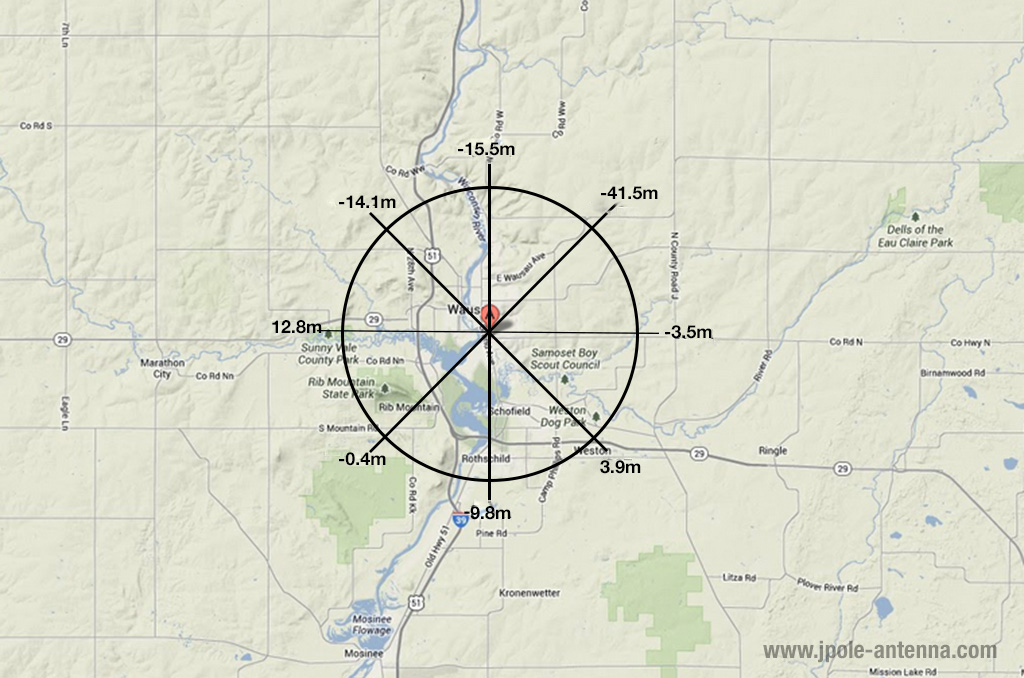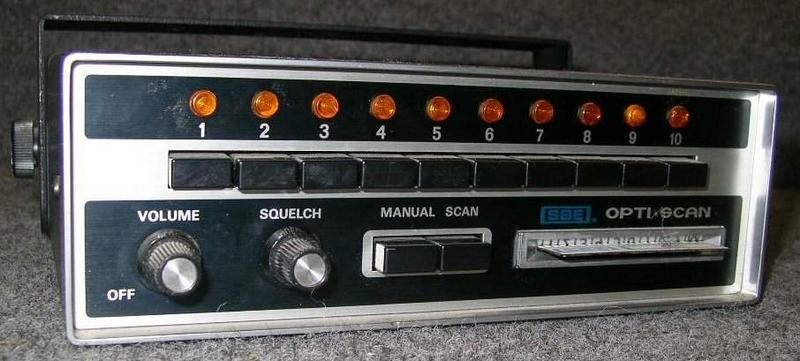This is the time of year when everyone get retrospective. With the end of the year and the start of a new one, it’s easy to look back at where we’ve been and where we are heading. This blog is no different. This year I had one big goal: increase the quality and quantity of information available on this site. I like to think that I accomplished this goal, as this site now attracts almost 7,000 visitors a month. I find it amazing when I peruse the website stats on what’s popular and which articles and blog posts gather the most attention. So let’s go through the archives and revisit the top ten blog posts for 2013.
10: Are 30 mile range distance claims accurate
This post also wins the award for the most commented post of 2013. There’s a lot of misleading information out in the market about these ‘blister pack’ radios. You’ll see plastered all over the packaging claims of 7, 15, or even 30 miles of range for a small handheld radios. But those numbers are simply not true, and in this post you’ll find out why. . .
9: Will my J-Pole antenna work for sideband or operation
This is actually a pretty common question, and when I receive the same question more than a couple times I know that some further exploration in a blog post is in order. Yes you can use a vertically polarized antenna like the J-Pole for sideband operation, but you may not receive the results that you are expecting. In this post we talk about antenna polarization and why it makes a difference. . .
8: HAAT Calculations- which antenna will work best for me
 HAAT, or Height Above Average Terrain is a calculation used by broadcasters to describe their antenna site’s attributes to the FCC. But you can also use these calucations to gain some insight on how well suited a particular antenna is for your location. I had a lot of fun researching this post and received a good bit of discussion on our Facebook page. Read more on how you can do your own HAAT calculations. . .
HAAT, or Height Above Average Terrain is a calculation used by broadcasters to describe their antenna site’s attributes to the FCC. But you can also use these calucations to gain some insight on how well suited a particular antenna is for your location. I had a lot of fun researching this post and received a good bit of discussion on our Facebook page. Read more on how you can do your own HAAT calculations. . .
7: Three things that make KB9VBR antennas different
I’m proud of the quality of the antennas and the customer service that I provide. That’s why I think it’s great that this post makes it all the way to the 7th most read post of the year. You can read more on what three things make KB9VBR antennas different. . .
6: Using a satellite antenna J-Mount with your J-Pole antenna

This duplex has three mounts installed on the side of the house. Two are unused and one (possibly) still in service.
This blog post came up as part of a conversation at our local ARES/RACES meeting. We were talking about inexpensive antenna mounts and somebody recommended using old DBS satellite television J-Mounts. Often times you can get them for free if the homeowner or renter abandoned satellite for cable television. Driving around town, I’ve picked up a few that where headed for the landfill. Read more on how you can put these mounts to use. . .
5: How close can I mount two VHF/UHF antennas
Tower space is valuable and sometimes it can be a challenge to get all the antennas you want mounted in a limited space. So I frequently receive the question “how close can I mount two of these antennas.” This article talks about the difference between horizontal separation and vertical separation and how you can keep antennas from interfering with each other.
4: What type of feedline coax should I use for my antenna
A wise ham once told me “spend your money on quality feedline.” You can receive more signal loss from low quality and excessively long feedline runs than you will ever make up with a high gain antenna. This article delves into how coax cable is made and why some types of feedline are better choices than others.
3: Stealth antennas- hiding your VHF antenna from curious eyes
Homes constructed in new housing developments often have HOA rules or deed covenants that may restrict the installation of external antennas. Or you may want to install your antennas in such a way that doesn’t attract a lot of attention. This article looks at methods of hiding your antennas, be it in an attic, off your deck, or disguised in your back yard.
2: How to increase the range of a radio scanner
Not only am I an amateur radio operator, but I’m also a scanner buff. In fact short wave radio listening and scanning are what led me to the ham radio hobby. Scanning is a great way to keep the pulse of your neighborhood and community, so naturally increasing your scanners range is important. This article lists three great ways to improve the reception of your scanner. . .
1: Lightning protection for antennas
The number one article of the year had twice as many pageviews as its nearest competitor. Lightning protection for radios is a popular topic and draws scores of people to my site on a daily basis. This particular article was the top article of 2012 and the revised version I released this year continues to draw attention. I guess if you live in tornado alley, lightning protection is an important topic. Read more on how to protect yourself from lightning. . .
2013 was a great year for this site. I’ve honored that it’s considered to be a valuable resource to the amateur radio community. What will 2014 bring? Definitely more content; including video clips and the continuation of our monthly email newsletter. Be sure to follow us on your favorite social media channels, including Facebook, Twitter, and Google Plus. The links are below. If you have a subject you’d like to see explored on this blog, leave a comment below. I’d love to see more suggestions.
Thanks again for your support this past year and here’s to a prosperous 2014.

Recent Comments